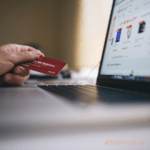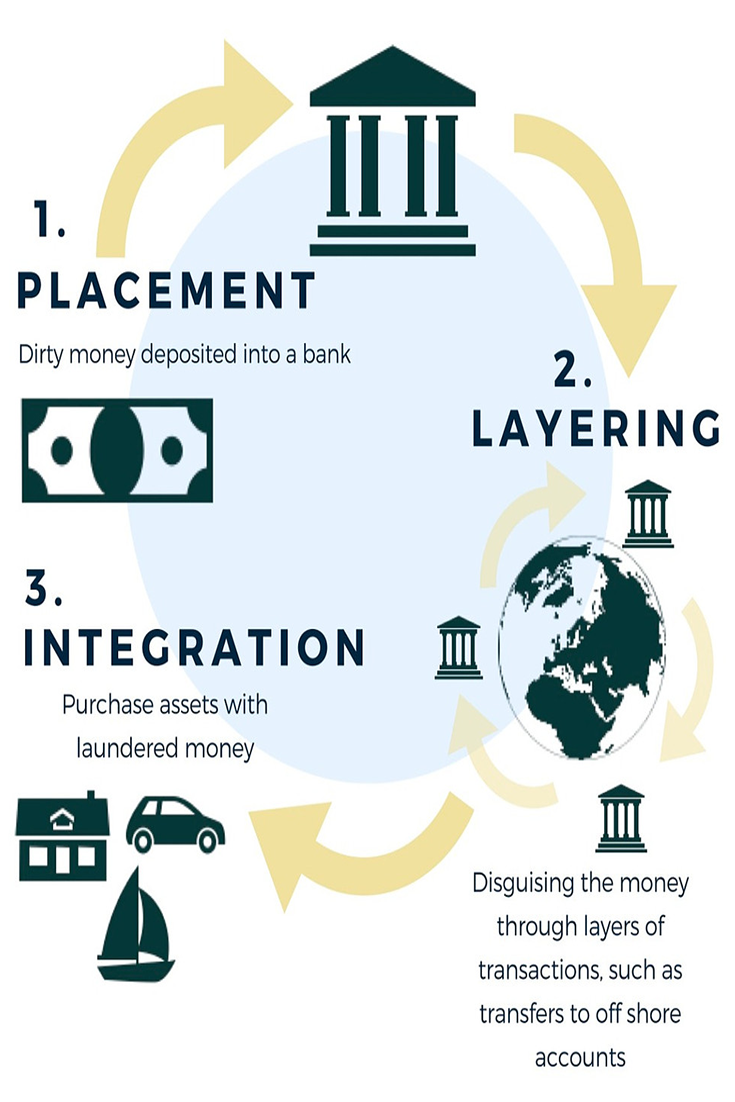Amazon Product Laundering is becoming a severe problem for Amazon businesses. These online scams directly affect the health of Amazon seller’s accounts. It is impossible to quantify how often and on what scale this is happening because most of the sellers are not looking for it. Those who are on the hunt for it are having a hard time proving it. I believe it takes place more than many people think because many sellers are totally unaware of it.
After reading these please don’t assume all your customer complaints are in result of this laundering. The seller has to face some serious consequences for blaming buyers without proof. Because this doesn’t occur every day. As a seller, you need to focus on the actions you have taken before you received the complaint and then dig deeper if there is any foul play involved.
What is Amazon Product Laundering?
Product laundering is the type of buyers’ fraud in which fake buyers exchange fake products with real ones and sell them on different platforms to earn profits. When the real buyer received that counterfeited product they leave negative reviews which will eventually harm the seller listing.
Why is it so difficult to identify?
In most cases, it goes undetected and ends up becoming a headache for the seller. Amazon does not do a thorough check as you would do yourself, because Amazon is not going to open the sealed package and doesn’t even know what an authentic version of the product may look like.
Who is actually at Risk?
It depends on the liking of the counterfeiters, but realistically, it is sellers of products that; Selling someone else brand and sell much more than the actual cost of the items. Sell valuables such as jewelry, bags, shoes, watches, high-end electronics, and expensive accessories.
Steps to Avoid Product Laundering
- Purchase the items from quality brands.
- Keep a record of all the invoices (must be in professional format).
- Invoice dates must be within 180 days.
- After opening a case of claim with Amazon, they ask for invoices. Never send them the invoices with dates after the claim.
- Buy items consistently in the name of the company or account owner.
- Product title and UPC should be written clearly on invoices.
- The total quantity in invoices of the products should match the quantity of your stock.
- Dig deep into your returns.
- Sell the returned products on other platforms which are of less importance to you.
- Follow up with your customers on return and ask for more information (if you are a large seller then prioritize expensive items as mentioned above).
- You should be well aware of your product specifications.
Other Types of Return Frauds
Return old for new: In this type of fraud, counterfeiters buy used or broken (or the one in hand) product from one location and exchange with a new one, reporting they have received a used item and demand an exchange for a new one.
Renting or Wardrobing: In this type, the faker purchase it for short-term use (for wedding, parties, graduation, or Super Bowl) with the intent of returning it.






